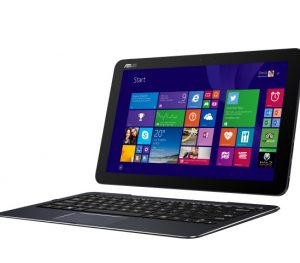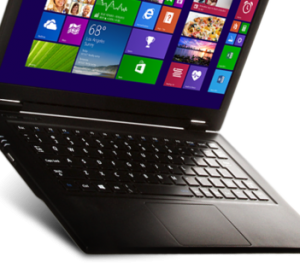With support for current and emerging video edit and transmission standards, integration, and the ability to seamlessly plug into existing broadcast ecosystems, Tech Access media solutions represent a natural fit for the emerging workflows of today’s broadcast environments. Designed with flexibility in mind, customers can depend on the wide range of media solutions to come through when it really counts, in terms of their ability to access archived content at even the most critical times – when searches, retrievals, and edits must be completed as quickly as possible.
Borrowing from the habits of enterprise companies outside the broadcast sector, media companies have begun to incorporate the use of disk based network storage systems and storage virtualization to meet their growing digital needs for faster access discount brand name cialis and deeper video archiving. The results of such a move in terms of increased asset reuse, new monetization opportunities, and enhanced workflow productivity can be significant.
The Challenge
Implement is something similar to cialis for women a media solution that can handle throughput and performance demands, regardless of the number of users on the production pipeline. And at the same time reduce costs and be able to accommodate fast growth and large volumes of data.
Today’s broadcast organizations face both great risk and great opportunity as they attempt to repackage and distribute content to emerging delivery channels—from static and interactive Web sites, video on demand, IPTV, and content delivery to cell women viagra phones, iPods, and other emerging consumer media.
The shift in advertising revenues from traditional broadcast to cable and Internet channels has placed new emphasis on the need to capitalize on get viagra each emerging opportunity for new distribution and new revenue. For broadcasters, the burden of switching to high-definition digital video has placed even more strain on their existing content models. However, opportunities remain plentiful for today’s “new media”
organizations.
Many such organizations have chosen to embark on twin initiatives simultaneously: to reduce and contain their operating and production costs, while at the same time continuing to develop new and innovative revenue streams. An organization’s success—and sometimes its very survival—depends on how well equipped the underlying people, processes, and systems are to support such twin goals.
In this context, one of the key areas a media organization has to look into in today’s market is Digital Asset Management with media archival.
Digital Asset Management generally follows the below workflow:
Acquisition
Media organizations most definitely acquire there content from various sources, the number of sources are ever growing and so is the amount of data flow into the organization. An organization that has not invested in a DAM/MAM usually stores all of these acquired media on legacy storage (E.g. – VHS Tapes). Whatever the media acquired and however it is stored most certainly there is a huge cost involved in acquisition. Until recently, the media organizations did not have many ways or options to reuse the media due to difficulties in processing media from legacy storage.
Digitize
Some of the acquired media may be analog, the process of converting them to computer understandable form (i.e. ones and zeroes) is known as digitizing. Digitizing can be done through a combination of devices and software. Once digitized the objects are ingested to a high-speed storage, in this step the Meta data is captured and stored on a Meta database.
Transcode and Package
Transcoding is the direct digital-to-digital conversion of one encoding to another. This is usually done to incompatible or obsolete data in order to convert it into a more suitable format. In true transcoding, the bit stream format of one file is changed from one to another without its undergoing another complete decoding and encoding process. This usually is possible if the source and target codecs are sufficiently similar. However, support for this process very much depends on the case. Packaging is the process of
putting different elements of media together to achieve the desired output.
Distribute
Every few years, the Internet – and, by extension, the web – gets bigger and better. As publishing tools get better, we share more content online. As we publish more content, more services emerge to help us find and consume that content. Radio and television are no longer the de facto methods of content delivery. Every day the markets are flooded with new multimedia devices that can handle, news to books to rich audio, video,and games. Thus opening up various distribution channels that a broadcaster can monetize their already existing media content.











